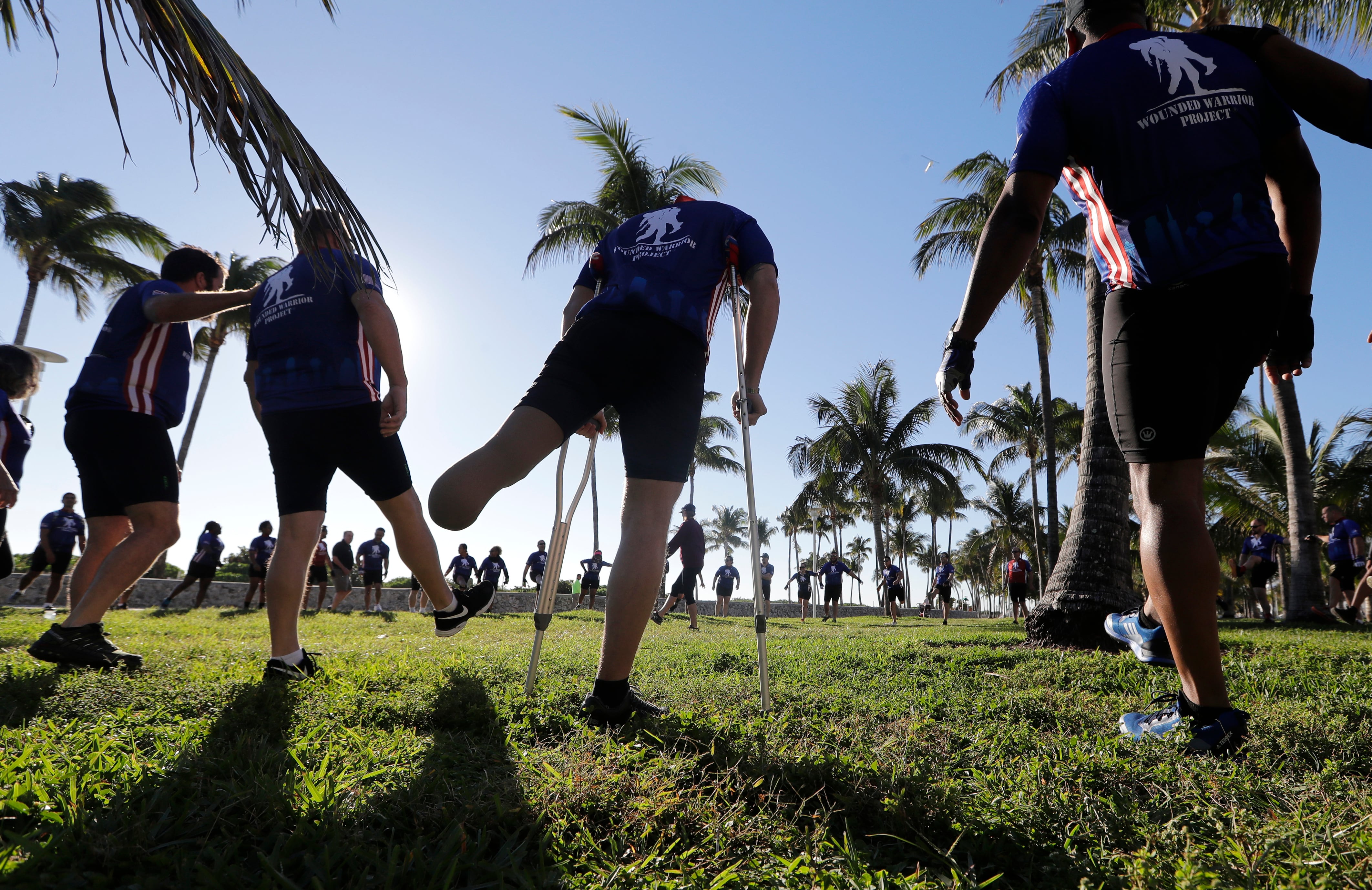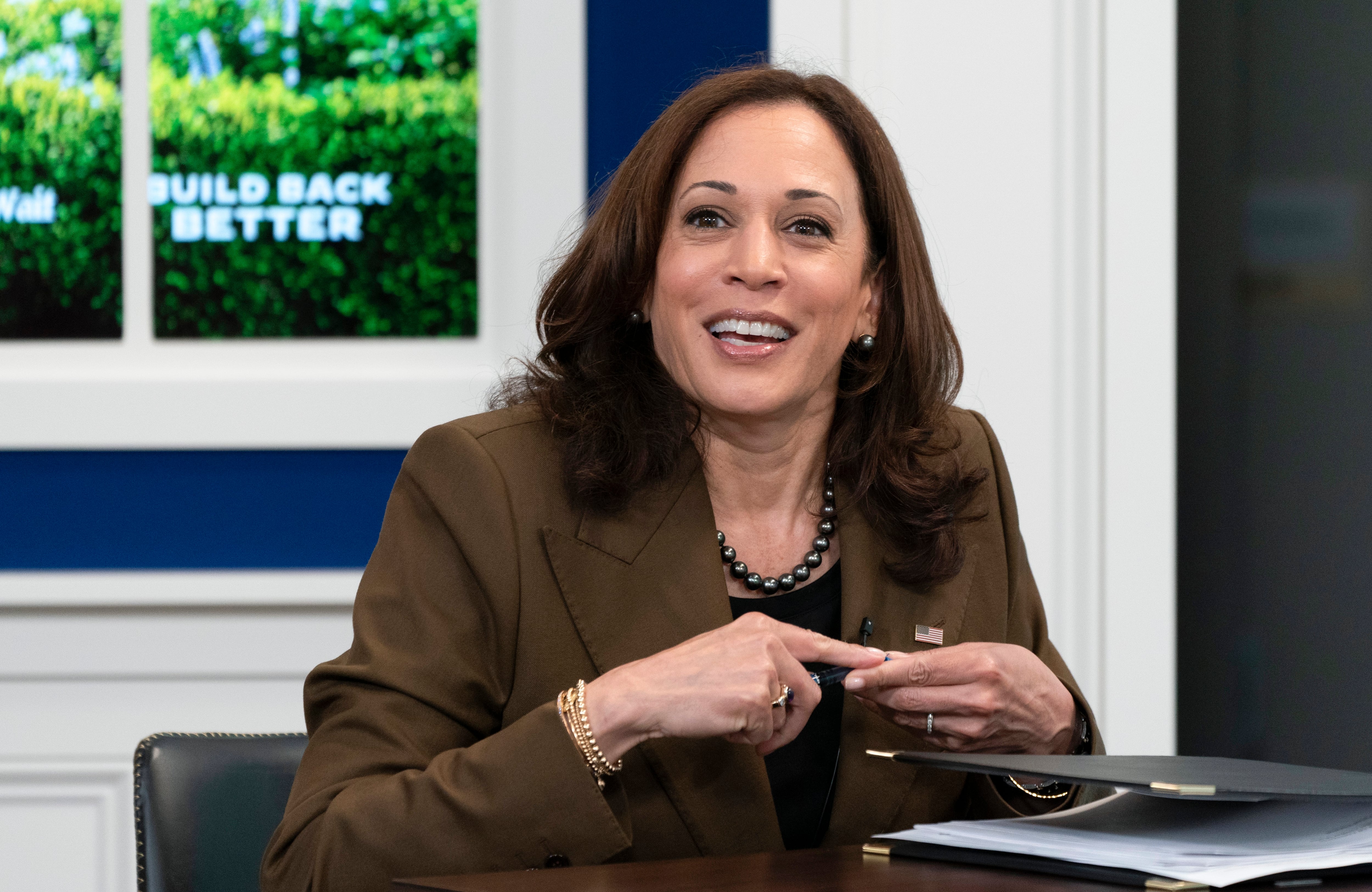The Biden administration released a national strategy that it said will provide the roadmap needed for federal, state, and local governments, as well as businesses and communities, to better support family caregivers.
The 2022 National Strategy to Support Family Caregivers identifies hundreds of actions that federal agencies will take to prioritize improving access to respite care, including family caregivers as part of a person’s care team, strengthening the direct care workforce, and helping to ensure caregivers’ financial security.
Each year, around 53 million people provide a broad range of assistance to support the health, quality of life, and independence of someone close to them, the U.S. Department of Health and Human Services said in a statement. An estimated one in six individuals is a family caregiver, and more than two-thirds of people will need assistance as they age. Lost income due to family caregiving is estimated at $522 billion each year.
“This first-ever national strategy gives us a whole-of-society approach to supporting the millions of family caregivers who desperately need assistance in this country,” said Terry Fulmer, president of The John A. Hartford Foundation, a nonpartisan philanthropy that helped develop the strategy. “Now is the time for all of us — states, communities, business leaders, researchers, nonprofits, and philanthropies — to take action so that caregivers of older adults get the help they need and deserve.”
The National Strategy was developed by two congressionally mandated councils supported by the Administration for Community Living, in partnership with The John A. Hartford Foundation and the National Academy for State Health Policy, the U.S. Department of Health and Human Services said in a statement. It includes nearly 350 actions that agencies overseeing Medicare and Medicaid, Veterans Affairs, housing, labor, and more will take over the next three years to support caregivers, including:
— Access to Respite Services: AmeriCorps Seniors will offer short-term care to help family caregivers take a break.
— Support with Day-to-Day and Complex Medical Tasks: Offices throughout the government will coordinate with states to grow and strengthen the direct care workforce to help with caregiving tasks.
— Inclusion of Caregivers in Care Teams: The Centers for Medicare and Medicaid Services will update rules to include family caregivers in the hospital discharge planning process so transitions are smoother for all involved.
— Financial Education on Caregiving Costs: The Consumer Financial Protection Bureau will increase the availability and use of financial education tools on the costs of long-term care so caregivers can better prepare.
— Better Identification of Family Caregivers: Departments across the government will pilot identification of family caregivers in electronic health records and state information systems and conduct localized outreach to share information with family caregivers about the support available.
— Research on the Needs of Family Caregivers: Interdepartmental efforts across the federal government will research family caregiving to inform evidence-based policies, including by providing grants to colleges and universities with gerontology and family service programs so support options meet family caregivers’ needs.
The report also includes state government actions, including:
— Engaging Family Caregivers in Health Care Services and Systems: Engage family members as part of the care team, especially during care transitions and hospital discharges, assess family caregivers for their own needs, ensure that family members receive the information they need to care for the individual, and measure family caregiver engagement for quality improvement and payment.
— Services and Supports for Family Caregivers: Blend and braid federal and state funding for services such as home and respite care which can give family caregivers a needed break, leverage new Medicaid funding and flexibility, rebalance toward more home and community-based services, and pay family caregivers through Medicaid self-direction options.
— The Direct Care Workforce: Coordinate workforce policy and resources across agencies, develop career pathways, improve and streamline training and working conditions, create registries to match workers with clients and credential portability for aides to work in various settings or as a career ladder, and collect data on turnover rates, tenure, full-time/part-time status, vacancy rates, wages, benefits, and recruitment and retention.
— Financial and Workplace Security: Enhance family leave requirements, establish tax credits for caregiving expenses, establish protections against workplace discrimination based on family responsibilities, include family caregiving in unemployment insurance eligibility, and promote financial education and planning for family caregivers.
Family caregivers, on average, spend one-quarter of their annual income on caregiving expenses, HHS said. Three-quarters of caregivers spend an average of $7,200 annually on caregiving out-of-pocket expenses.
“As the major public payer for long-term services and supports and regulator of providers, states are facing the challenges of helping families live in their homes and communities while grappling with the shortage and working conditions of direct care workers — with increasingly aging populations,” said Hemi Tewarson, executive director at the National Academy for State Health Policy. “The National Strategy provides a timely roadmap for states as well as federal, business, and community sectors to address these challenges.”
In Other News




